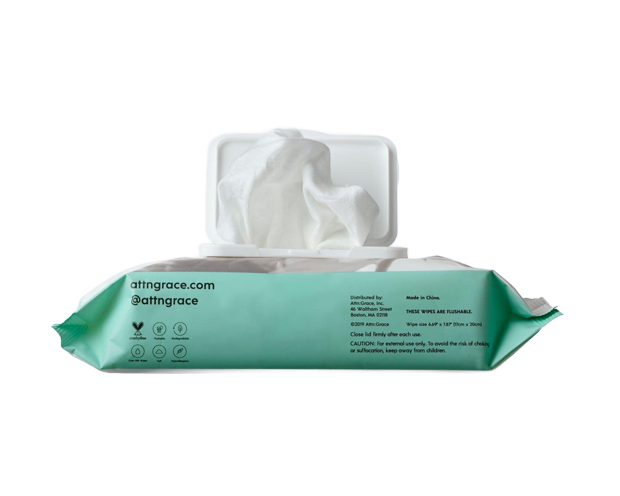What Are the Raw Materials for Making Wet Wipes?
Wet wipes have become an indispensable part of our daily lives, offering convenience and cleanliness in various situations. Understanding the raw materials that go into making these wipes sheds light on their composition and functionality.
Fabric:
The fabric used in wet wipes production is carefully selected for its properties. Typically made from a blend of natural (like cotton) and synthetic fibers (such as rayon or polyester), this fabric is soft, absorbent, and durable. It plays a crucial role in ensuring the wipes are gentle on the skin while effectively cleaning surfaces.

Water and Cleaning Solution:
Water forms the base of wet wipes, acting as a carrier for the cleaning solution. The cleaning solution is a mixture of water, moisturizers, preservatives, and cleaning agents. This blend is tailored to the specific purpose of the wipes, whether it’s for personal hygiene, baby care, or disinfection.
Preservatives:
Preservatives are essential ingredients in wet wipes to prevent bacterial and mold growth. Commonly used preservatives like phenoxyethanol and parabens ensure the wipes remain safe for use throughout their shelf life.
Moisturizers and Emollients:
To keep the skin hydrated and healthy, wet wipes often contain moisturizing agents such as glycerin and aloe vera. Emollients like mineral oil or other oils provide additional nourishment, especially in wipes designed for sensitive skin.
Fragrance:
Fragrances add a pleasant scent to wet wipes, making their use more enjoyable. Whether synthetic or derived from natural extracts, fragrances enhance the overall experience of using the wipes.
Alcohol or Disinfectants:
In disinfecting wipes, alcohol (like isopropyl alcohol) or other disinfectants are included to effectively kill germs and bacteria, ensuring a hygienic cleaning experience.
The combination of these raw materials in varying proportions results in a diverse range of wet wipes tailored to different needs. Whether it’s for personal care, household cleaning, or medical applications, manufacturers carefully formulate these wipes to deliver convenience, cleanliness, and comfort to users worldwide.
In conclusion, the raw materials used in wet wipes production play a crucial role in determining their efficacy and suitability for specific tasks. By understanding the components that make up these wipes, consumers can make informed choices about the products they use in their daily lives.

